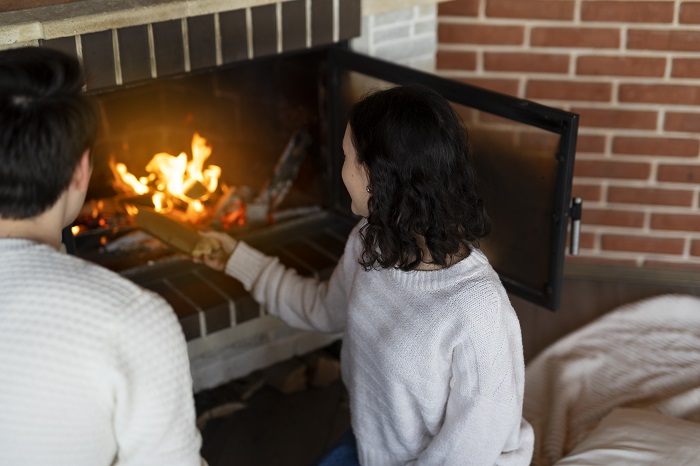As winter draws near, households worry about the perennial issue of rising gas prices, which may have an impact on their budgets and their level of comfort. The complex interplay of global factors, market dynamics, and geopolitical events often leads to an increase in home heating expenditures. This article presents the concept of “Homefire” as a multi-faceted approach to alleviate the financial burden brought about by the increase in winter gas prices. To tackle the rising cost of energy, we will look at the background of gas pricing and examine smokeless coal burning as an alternative.
The background on gas prices
If we want to solve this annual issue of rising gas prices, we must first identify their sources. Supply and demand shifts, geopolitical unrest, and the ever-changing international oil market are just a few of the variables that impact gas prices. Having a solid understanding of the fundamental dynamics will allow homeowners to better develop strategies to combat these price hikes. Typical household bills are expected to rise by around 5% as the cap is increased to £1,928 in January 2024.
Smokeless coal burning instead of gas
Discovering new forms of alternative heating is only one part of Homefire’s comprehensive strategy. So, let’s have a look at smokeless coal burning as an affordable and viable alternative to traditional gas heating systems.
Because of its numerous benefits, smokeless coal—typically produced from anthracite—is a popular alternative to traditional coal. Using smokeless coal as a home heating fuel has several advantages, such as a longer burning duration, less carbon emissions, and improved energy efficiency.
In the face of the world’s mounting climate crisis, homeowners are seeking out greener heating options. Coal that doesn’t produce smoke is a more environmentally friendly heating option than conventional gas.
- Ignition System Improvements
To convert to smokeless coal combustion, it may be necessary to modify current heating systems.
- Risk Management
It is critical to use modern heating technology in a safe manner. Smokeless coal burning safety considerations should be covered extensively, and they include proper ventilation, maintenance, and the use of modern stoves or equipment designed for clean combustion.
Homeowners should weigh the costs of smokeless coal burning against more traditional gas heating solutions before making a final decision.
Governments often advocate for cleaner energy sources. The time and effort put into learning about and using these applications can end up paying for themselves.
Energy efficiency improvement via the use of smart technology is another area of emphasis in the Homefire technique. To further decrease energy usage and costs, examine how smokeless coal burning may improve with smart thermostats, home automation systems, and other innovations.
Conclusion
Homeowners who want to avoid the winter surge in gas prices have a one-stop shop in Homefire. For households to survive the winter with financial stability and less environmental consciousness, it’s important to include energy-efficient practices and smart technologies. Knowing the history of gas prices may also be helpful. By embracing the Homefire approach, we can not only address urgent issues, but also create a future that is better and more sustainable.
Savings is a great way to combat families facing pressues this winter and Homefire has a range of smokeless coal, kiln-dried wood, heat logs and other products available to heat your house. Explore our website today to discover more.
Image by Freepik




